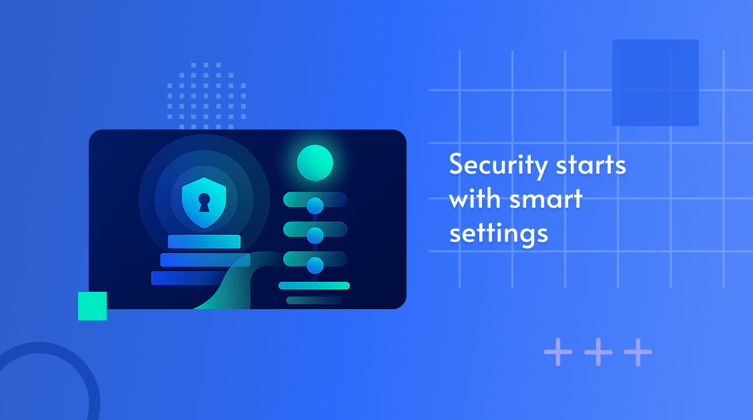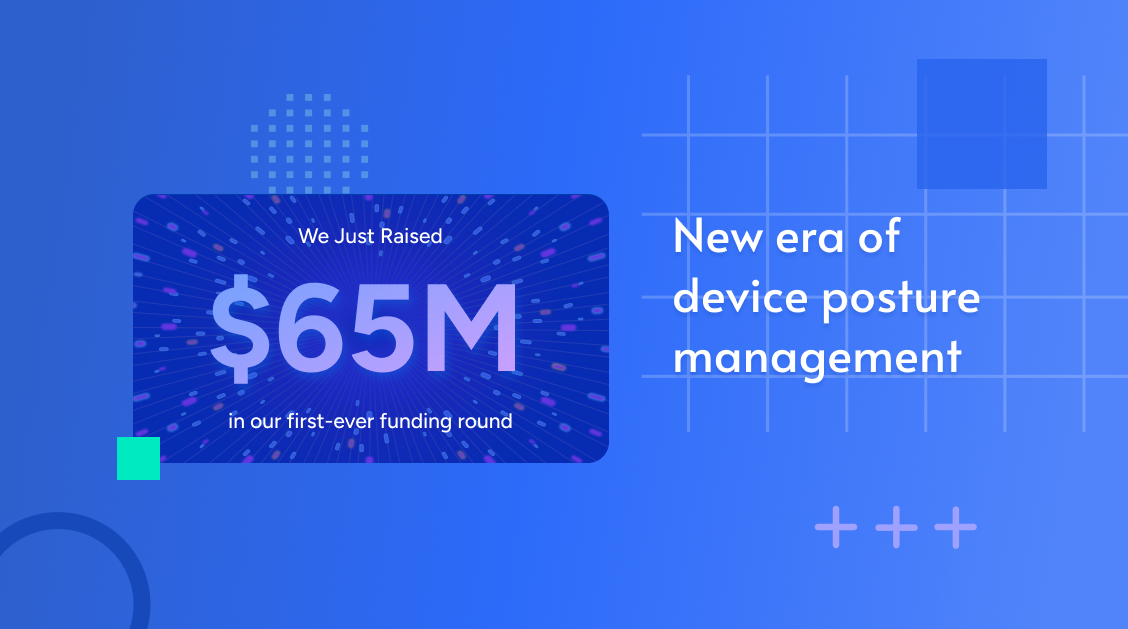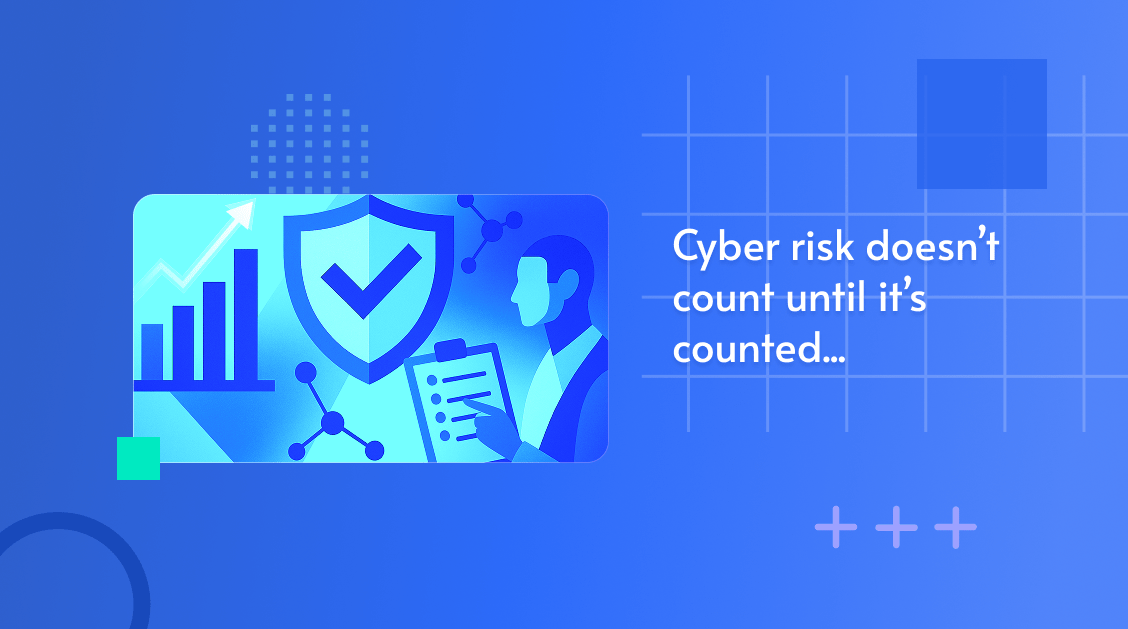Security leaders invest heavily in the front door: phishing defenses, malware de...
Why Smart Configurations Are Key to Implementing Least Privilege

Picture the legendary Metropolitan Opera House on opening night. The air hums with anticipation as elegantly dressed guests take their seats, each ticket granting access to one specific spot. But what if the backstage doors were left unlocked, or legacy VIP passes from past performances were still accepted without question? Suddenly, guests (or worse yet, intruders who shouldn't be in the building at all) wander into restricted rehearsal rooms or control booths, disrupting the production and putting the entire performance at risk.
In this scenario, the meticulous seating arrangement torn asunder demonstrates the need for the principle of least privilege: everyone gets only the access they need, nothing more. But seating charts are only part of the story; they don’t account for unlocked side doors, forgotten keycards, or that one dusty ladder leading straight up to the lighting rig. The real danger isn’t just who’s officially allowed where, but the unnoticed paths and openings that let people get there anyway.
In your IT environment, these “backstage doors” take the form of misconfigurations: small but critical oversights that allow attackers to bypass your strict access controls. Without continuous configuration security, even the most carefully crafted least privilege policies can be undermined, leaving your system open to exploitation.
Setting the Stage for Least Privilege: Better Safe than Sorry
Far from a modern invention, least privilege has deep roots. Kings never handed the treasury keys to every courtier; naval captains didn’t give cooks the armory map. Access was always granted sparingly, with the awareness that power once given is difficult to reclaim.
In enterprises today, implementing least privilege means granting people and systems the minimum access required to perform their duties. It’s the art of keeping the orchestra in the pit, the audience in their seats, and the backstage crew where they belong.

Key benefits of least privilege include:
- Reducing accident risk. Even the best violinist could cause chaos if allowed into the lighting booth, just as a skilled user with unnecessary admin rights could accidentally break a system.
- Preventing scope creep. Roles can quietly accumulate privileges over time, much like a stagehand who, show after show, gains keys to more and more rooms without anyone noticing.
- Limiting the blast radius. If one account is compromised, whether by an outside attacker or a malicious insider, least privilege ensures the damage is contained. Think of it like keeping a small fire from spreading beyond the prop room.
- Simplifying compliance. Many major frameworks, including HIPAA, PCI-DSS, and ISO 27001, require organizations to limit access to sensitive data on a need-to-know basis and regularly review permissions.
How to get started implementing least privilege
Implementation often starts with role-based access control (RBAC), where permissions are assigned based on job functions rather than individual requests. This creates a scalable, consistent framework that aligns access with actual business needs.
For example, a finance application might allow clerks to enter invoices while reserving approval rights for managers. A developer may be granted access to test servers but not production systems, and a database account can be restricted to read-only queries for analytics teams.
Just-in-time access adds another layer of precision by granting elevated rights only when necessary and automatically revoking them once the task is complete. For example, a contractor’s account can be set to expire automatically at the end of an engagement, preventing lingering access.
To reduce the risk of fraud, mistakes, or misuse, separation of duties (SoD) ensures that no single person has unchecked power. High-risk tasks are split between multiple individuals, even if their roles allow broad permissions. For example, one engineer might request access to a server, but a separate administrator must approve it. This prevents any one person from being able to disrupt the show alone.
Real-world hurdles in enforcing least privilege
Enterprises face several challenges when enforcing least privilege. Identity sprawl is common, with users spread across multiple directories, cloud platforms, and even shadow IT systems; this complicates consistent access management. Third-party integrations add complexity as vendors and partners often require partial access that can be difficult to tightly control. Many organizations also contend with legacy systems that lack the capability for fine-grained permission settings, forcing compromises.
On the human side, cultural resistance sometimes emerges, with employees interpreting access restrictions as mistrust rather than a security necessity.
Don't Make Life Easy for Hackers
While the above issues weaken least privilege, there’s an even bigger threat that could completely bypass it: Misconfiguration. Because no matter how carefully you design least privilege policies, misconfigurations will swiftly undermine their effectiveness.
Permission creep
Take group-based access settings, for example. Over time, users often change roles, projects, or teams, but their access rights don’t always get updated accordingly.
Someone who once needed elevated permissions may still be part of a privileged group long after they’ve moved on, effectively retaining access they no longer require.
Inherited permissions
In complex environments, access rights are often assigned at higher levels, like parent folders or overarching Active Directory groups, and automatically cascade down to subfolders or nested groups. This inheritance can unintentionally grant users access to resources they shouldn’t see because the original permissions were set too broadly. I
Imagine a private box in the opera that, due to a building oversight, shares a door with a public balcony; suddenly, anyone with access to the balcony can sneak in.
Overly-broad settings
Default settings are another common pitfall. When permissions are applied by default, users may be afforded unnecessary and potentially risky access to sensitive systems or data.
Forgotten service accounts
Special service accounts used by applications or services to perform automated tasks can often lurk unnoticed. If they’re given broad or outdated permissions and aren’t regularly reviewed, they become attractive targets for attackers.
Configuration drift
Lastly, configuration drift is where settings silently change over time without any coherent intentionality or proper documentation. In enterprises in particular, drift can quietly erode even well-designed access models — gradually expanding privileges beyond what’s needed and undermining the very principle of least privilege.
Hardening Configs to Support Least Privilege
Attackers know misconfigurations well, prizing them as security gaps ripe for exploitation. They use them as fast-pass highways for privilege escalation, exploiting stale memberships, inherited rights, permissive defaults, and overlooked accounts to move laterally and get their claws deeper into your network. In so doing, they bypass least privilege boundaries without setting off alarms.
Traditional audits, however, often fall short. Quarterly or yearly audits might spot some obvious problems, but they are liable to miss the subtle misconfigurations that creep in daily as people change roles, new systems are added, or policies are tweaked without proper oversight.
To build a truly resilient security posture, organizations must pair well-defined access policies with rigorous and ongoing configuration management:
- Set and maintain secure baseline configurations. Establish a desired state for permissions and settings for each device type and use case. This will serve as a foundation against which you can assess field states, ensuring consistency across your environment.
- Continuously monitor for policy drift. Changes happen every day: users switch teams, new services are deployed, settings get updated. Automated monitoring detects when these changes deviate from secure baselines.
- Automate alerts and develop follow up playbooks. When unauthorized or risky deviations occur, immediate alerts combined with automated fixes help close gaps faster than manual processes ever could.
- Review group memberships regularly. Access rights tied to groups can balloon without being noticed. Frequent audits and security pruning prevent stale memberships from granting unintended access.
- Protect service accounts with MFA and scope restrictions. Since these accounts often have elevated privileges and run unattended, adding multi-factor authentication and strictly limiting their scope significantly reduces risk.
This is where smart device posture management platforms like Remedio come into play. By continuously scanning your environment, Remedio detects misconfigurations in real time, whether it’s a shadow admin, an inherited permission gone rogue, or an overly permissive service account.
But detection is only half the story: Remedio also enables swift remediation, helping IT and security teams fix issues before attackers can exploit them. It also delivers compliance as a byproduct of good hygiene, rather than a standalone and highly onerous headache.
With Remedio, least privilege moves from a theoretical ideal to a living, enforceable practice, securing your environment as intended.
So whether it's opening night or just another matinee, you can rest assured every seat is assigned, every door secured, and no unauthorized guest sneaks backstage. And in the high-stakes world of compliance and cybersecurity, that peace of mind deserves a standing ovation.
About Author

Linda Ivri
Fueled by curiosity, Linda is a senior marketer who thrives on decoding the complex challenges where cybersecurity meets business operations.
Subscribe to
our Newsletter
We are ready to help you until and unless you find the right ladder to success.
Related Posts
Join over 25,000 in beating the failure of strategies by following our blog.
If a threat falls in the SOC and no one ties it to revenue, does it really make ...
7 minute read
In cybersecurity, the smallest missteps can lead to the biggest breaches. Take B...
4 minute read
Active Directory (AD) is the powerhouse of the enterprise — the central hub wher...








Comments